Printable version: A Different Light – 2 July 2022 – Putting disability under Social lens
My wife alerted me to an article in the Listener regarding recent research into Cerebral Palsy (CP) and early diagnosis of it in infants. I rolled my eyes in a Pavlovian like response. In the past I have always tended to dislike and even resent research into CP. As someone who lives with Cerebral Palsy, I have found that the vast majority of research on the subject, (as scarce as it is), starts from a deficit focus and reports on the negative effects and side effects of CP. There seems to be a particular fascination on the morbidity of people with Cerebral Palsy. How morbid! My wife clocked my look of disdain and asked, “Aren’t you interested?” I replied, rather pompously, that I had little regard for the Medical Model of disability which focused on the problem or lack of function in an individual and tries to fix it. In the case of CP it’s nearly unfixable. I favour and champion the Social Model of disability which points an accusing finger at the physical environment, community and society that puts up social constraints and barriers which can disable a person and these barriers can be changed.
My wife countered my viewpoint and talked about the article she was reading. It was about research conducted by Dr Sian William of the Liggins Institute and Professor Susan Scott of the Auckland School of Medicine. She put the article in a nutshell for me:- diagnosis of Cerebral Palsy tends to happen on average at 19 months of age, however it can be diagnosed earlier. When CP is diagnosed earlier there are opportunities to provide interventions that can have significant improvements later on in life and avoid invasive surgical operations. This is because at such a young age, the brain’s neuroplasticity is such that the brain can be trained into doing things in different ways that can counter the brain damage which has caused Cerebral Palsy.
This struck a couple of chords with me. Firstly, that I have been lucky enough to avoid any surgery until relatively recently when I had vertebrae in my neck fused together as they were slowly turning into talcum powder after decades of jerking my head around. The surgery really sat me on my arse in a number of ways and the recovery was arduous to say the least. The second thing was that my mother instinctively gave me a raft of physical exercises and activities that have no doubt improved my motor function. For example, painstakingly having me walk with the aid of a plastic toy tractor (like a sit on four wheeled scooter) before I could walk. She did this in Fiji in the late 60’s when and where no such research had been done. I am starting to realise the importance of balancing the Social Model of disability with the Medical Model and the insight that as medical expertise and knowledge progresses so do the possibilities that come with it. These days the medical lens on disability isn’t necessarily done from a deficit viewpoint but rather from a stance of enabling potential.
Jonny Wilkinson is the CEO of Tiaho Trust – Disability A Matter of Perception, a Whangarei based disability advocacy organisation.
